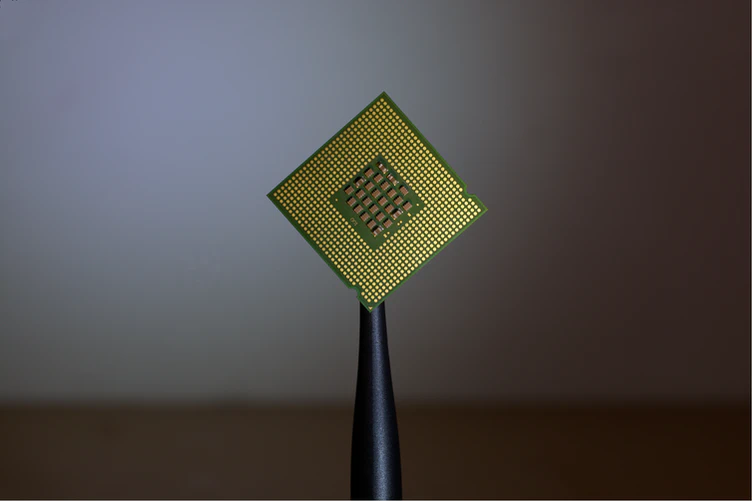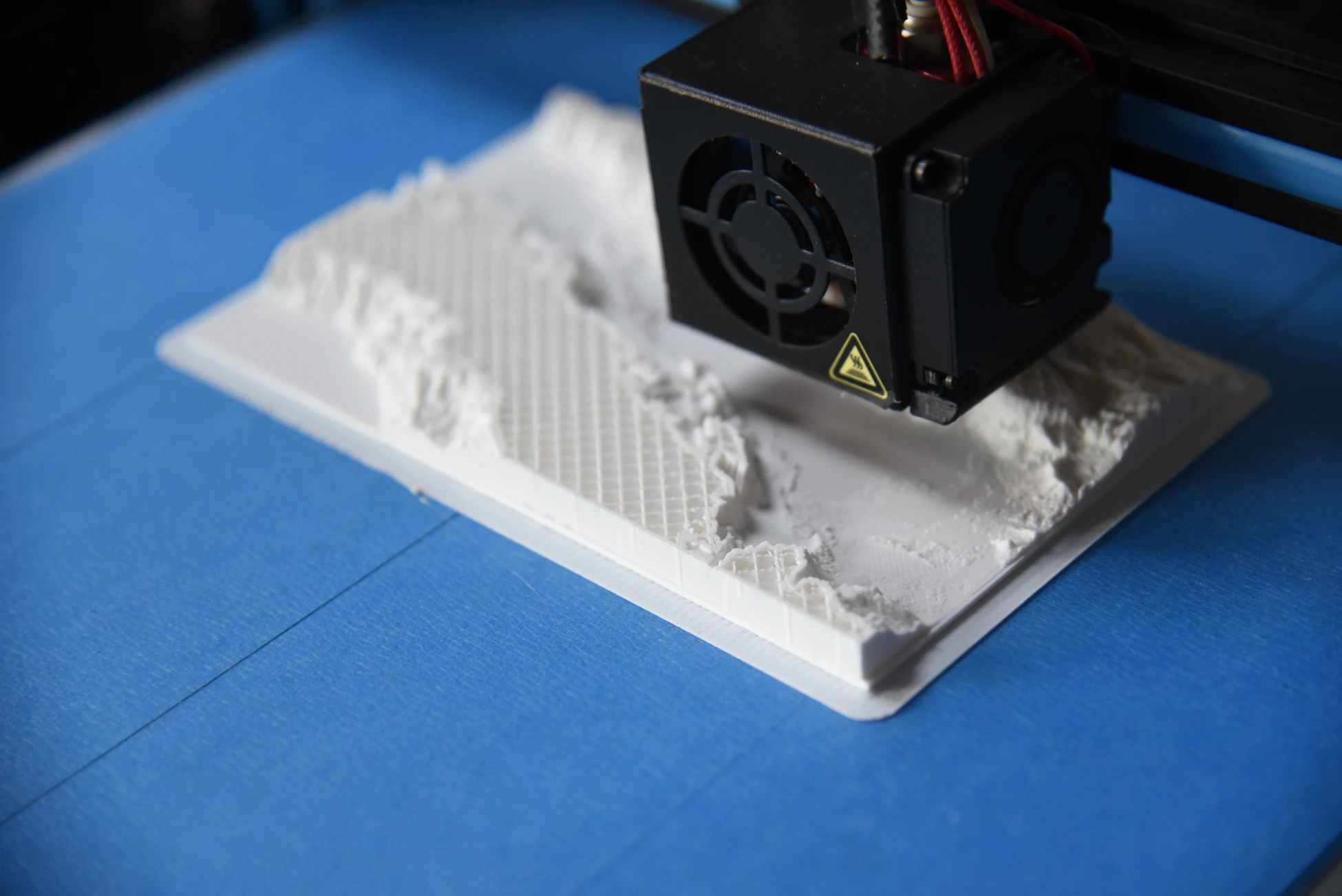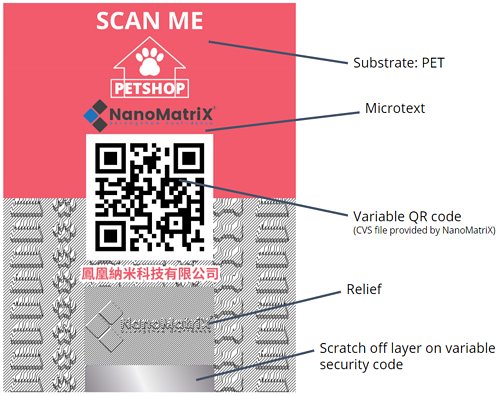Introduction
Counterfeiting is a significant issue that affects various industries and consumers worldwide. It leads to revenue losses, damages the reputation and trust of businesses, and poses health and safety risks for consumers. According to the Global Brand Counterfeiting Report 2023, the economic value of global counterfeiting and piracy could reach $4.2 trillion by 2023.
Despite the efforts of governments and organizations to combat counterfeiting, the problem persists and even worsens with advancing technology. Counterfeiters employ sophisticated methods and tools to create fake products that are indistinguishable from the originals. They also exploit supply chain loopholes and vulnerabilities to infiltrate the market.
To fight back against counterfeiting, businesses need to adopt effective anti-counterfeit solutions. These solutions range from holograms, one of the earliest and widely used anti-counterfeit technologies, to blockchain, a game-changing innovation promising to revolutionize the industry. This article explores the evolution of anti-counterfeit solutions, from holograms to blockchain, and how they can help businesses combat counterfeiting.
Holograms: The First Line of Defense
How Holograms Work
A hologram is a three-dimensional image created through the interference of light beams emitted from a laser or another coherent light source. To produce a hologram, a light beam is divided into two parts. The first part of the beam is diffused using lenses and directed towards the object being captured. Meanwhile, the second part, the reference beam, is directed onto the recording medium. The resulting three-dimensional image, or hologram, precisely and intricately represents the original object.
Benefits of Holograms
- Security: The complex nature of holograms makes them difficult to replicate, providing robust security measures against counterfeiting.
- Unique Identification: Each hologram is distinct and cannot be precisely duplicated by the original manufacturer.
- Visual Verification: Holograms can be designed to display specific visual effects from different angles.
- Tamper Evidence: Holograms can be made tamper-evident, leaving visible signs of tampering when removed or altered.
Limitations of Holograms
- Cost: The process of creating holograms can be expensive, as it involves specialized equipment and expertise.
- Durability: Holograms, though impactful, can be susceptible to wear and tear over time, which can affect their visibility and effectiveness.
Industries Using Holograms
Holograms are utilized in diverse industries, such as retail (for product authentication), banking (on credit cards), and government (on passports and currency). They are also prevalent in the entertainment industry for creating captivating 3D displays.
Future Challenges and Opportunities
Although holography offers significant benefits, it also presents challenges that must be addressed. As counterfeiters become increasingly sophisticated, continuous innovation in holographic technology is necessary. The future holds promise for developing advanced holograms with improved security features. Additionally, there is potential for further exploration of digital holography, especially with the growing presence of virtual and augmented reality technologies. Sustainability will also be a key focus in the coming months as manufacturers strive to reduce their carbon footprint as part of their corporate responsibility strategies.
Barcodes and QR Codes: The Next Level of Authentication
How Barcodes and QR Codes Work
Barcodes and QR codes are visual, machine-readable formats that represent data. They can be quickly read and translated into information using a barcode scanner or a smartphone camera.
- Barcodes: They are typically seen as a series of vertical lines with varying thicknesses. Barcodes represent data in one dimension (1D) and are commonly used for product identification in retail stores.
- QR codes: Quick Response (QR) codes are two-dimensional (2D) matrix barcodes. They can store more data than 1D barcodes and be scanned from any direction. QR codes are often used for linking physical items to digital resources.
Benefits and Limitations
Barcodes and QR codes offer numerous advantages. They are cost-effective, easy to generate and print, and can be seamlessly integrated into product packaging or labels. However, they do have limitations. If lacking security features, barcodes and QR codes can be easily replicated by counterfeiters.
Industries and Products Using Barcodes and QR Codes
Challenges and Opportunities
Blockchain: The Game Changer for Anti-Counterfeit Solutions
Understanding Blockchain
Benefits of Blockchain
- Open: One of the significant advantages of blockchain technology is its accessibility – anyone can contribute to it.
- Verifiable: Blockchain technology stores information in a decentralized manner, allowing everyone to verify its accuracy using zero-knowledge proof.
- Permanent: Records or information stored using blockchain technology are permanent.
- Free from Censorship: Blockchain technology is considered free from censorship as it is not controlled by any single party.
- Tighter Security: Blockchain utilizes hashing techniques to store each transaction on connected blocks securely.
Limitations of Blockchain
- Scalability: One of the main drawbacks of blockchain technology is its limited scalability. As the number of users and transactions on a blockchain network increases, the demand for computing power, storage, and bandwidth also rises.
- Energy Consumption: Blockchain networks that employ Proof of Work (PoW) consensus mechanisms, like Bitcoin, consume significant energy.
- Regulatory Challenges: The decentralized nature of blockchain technology presents challenges for regulators, as it can be complex to identify and hold accountable parties.
NanoMatriX: Your Trusted Partner in Anti-Counterfeit Technology
In the relentless battle against counterfeiting practices, NanoMatriX stands as your steadfast ally. We offer comprehensive solutions to safeguard your products and ensure consumer trust. Our advanced holograms, barcodes, QR codes, and blockchain technology are designed to fortify your defense against counterfeit intrusion.
Cutting-Edge Holograms
Enhanced Barcode and QR Code Security
In the digital era, barcodes and QR codes have emerged as crucial tools in the battle against counterfeiting. At NanoMatriX, we specialize in enhancing the security of these codes, significantly bolstering their resilience against counterfeit attempts. Our solutions ensure that these pivotal anti-counterfeit tools remain highly influential in safeguarding your products and upholding consumer trust.
Revolutionary Blockchain Innovations
In an environment where transparency and trust are paramount, NanoMatriX introduces groundbreaking blockchain technology. We provide a comprehensive suite of blockchain solutions that empower your business to establish an unassailable nexus of consumer trust. Our technology creates a secure and infallible tracking system, spanning from the inception of raw materials to the hands of end-users. This empowers your enterprise and consumers to verify product authenticity and trace their journey from inception to destination.
With NanoMatriX as your trusted collaborator, you gain more than just a security solution; you acquire a defender of your brand’s integrity. Counterfeiting is constantly evolving, and so are we. Together, we face challenges with unwavering resilience. As businesses and consumers unite against counterfeiting, NanoMatriX remains your steadfast partner in product security and consumer confidence. We offer a comprehensive range of anti-counterfeit technologies, ensuring the authenticity of your products in an ever-evolving landscape.
Conclusion
In the face of the global counterfeiting problem, various anti-counterfeit solutions have evolved, each with strengths and weaknesses. From holograms, which provide visual authentication but can be replicated by sophisticated counterfeiters, to digital technologies that offer electronic authentication but may be vulnerable to hacking, businesses have various tools.
NanoMatriX, a leading provider of anti-counterfeit solutions, offers a comprehensive suite of options to combat counterfeiting effectively. Our expertise extends from advanced holograms to groundbreaking blockchain technology, equipping businesses with the necessary tools to secure their products and maintain consumer trust.
Looking towards the future, it is clear that no single solution can completely eradicate counterfeiting. It will require a combination of technologies, strategies, and international cooperation. With NanoMatriX as your partner, businesses can confidently protect their intellectual property rights and utilize innovative technologies to secure their products. Moreover, consumers play a crucial role in this fight by staying informed, purchasing from reputable sources, and reporting suspected counterfeit products. With the right technologies, consumer awareness, and NanoMatriX’s unwavering support, we can make significant strides in safeguarding products and ensuring consumer trust.
FAQs
1. What Industries Are Most Affected by Counterfeiting, and How Does It Impact Them?
Counterfeiting impacts various sectors, including footwear, clothing, electrical equipment, watches, medical equipment, cosmetics, toys, alcohol, tobacco, FMCG packaged goods, currency, and pharmaceuticals. It results in financial losses, damage to brand reputation, and poses risks to consumer safety.
2. Can Blockchain Technology Effectively Prevent Counterfeiting, and How Does It Work as an Anti-Counterfeit Solution?
Indeed, blockchain technology has the potential to greatly diminish counterfeiting. It establishes a secure and reliable tracking system, spanning from the origin of raw materials to the satisfaction of end users. This facilitates the verification of product authenticity and enables tracking of their origins, benefiting consumers and businesses.
3. Are There Any Notable Success Stories or Case Studies Where Holograms, Barcodes, or Blockchain Technology Successfully Prevented Counterfeiting?
Yes, numerous success stories highlight the effectiveness of these technologies in combating counterfeiting. For example, researchers from the National University of Singapore have pioneered a groundbreaking anti-counterfeiting method known as DeepKey. This innovative approach utilizes two-dimensional (2-D) material tags and authentication software powered by artificial intelligence (AI). Notably, in 2021, Amazon invested over $900 million to thwart more than 2.5 million attempts to create new selling accounts. This proactive action prevented these malicious actors from selling counterfeit products.
4.What Can Businesses and Consumers Do to Protect Themselves from Counterfeit Products, and How Can They Contribute to the Fight Against Counterfeiting?
Businesses can implement anti-counterfeit technologies, educate customers, collaborate with law enforcement, and safeguard their intellectual property. Consumers can stay well-informed, purchase from reputable sources, and report any suspected counterfeit products.


























Recent Comments